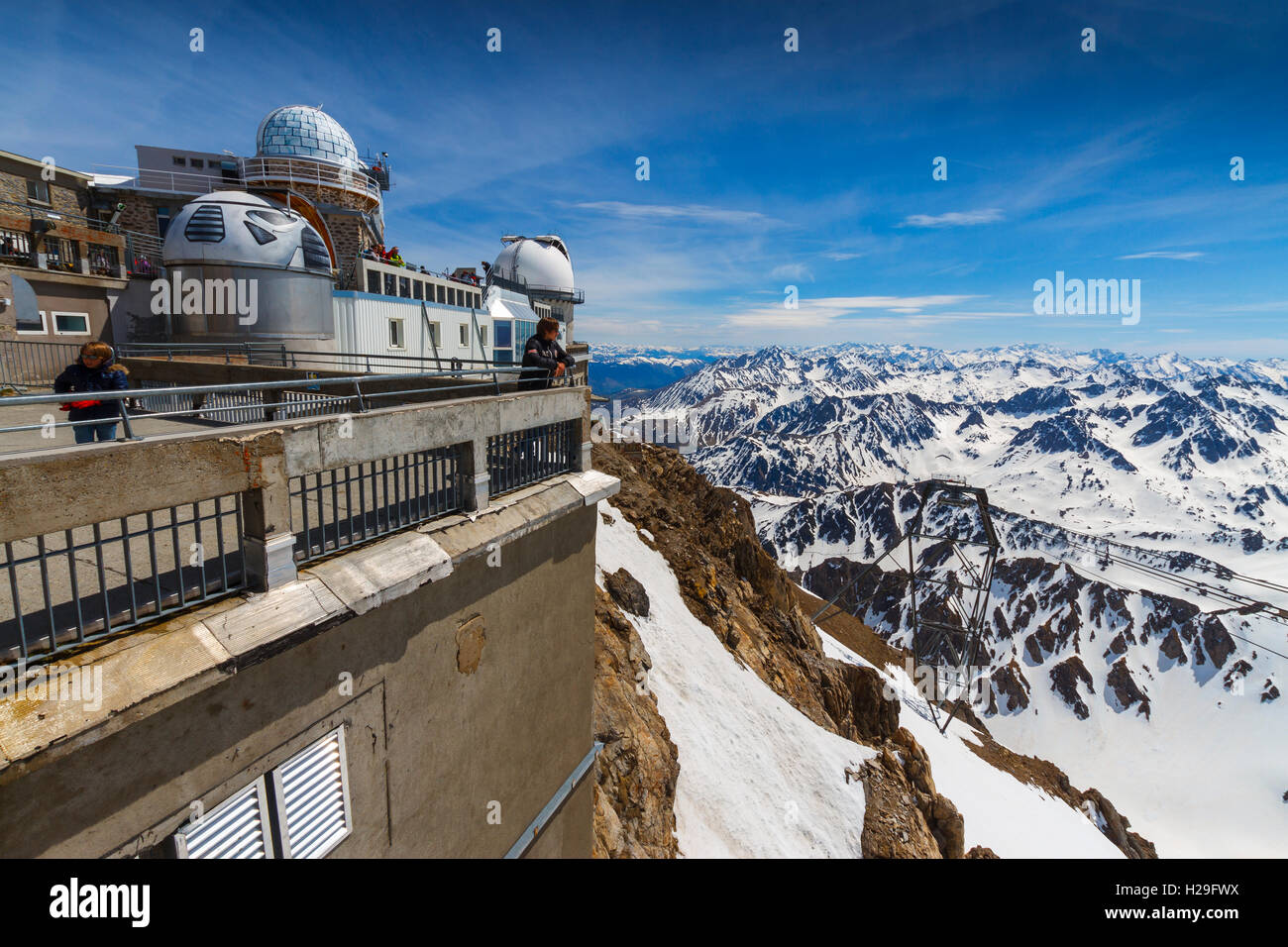


In the early twentieth-century Father John Hagen took over the project and recruited a group of nuns from the Sisters of the Holy Child Mary to work on the necessary recording and calculations. Italian astronomer Father Francesco Denza led the Vatican's contribution to the project until his death in 1894. In the late nineteenth-century the Vatican Observatory was part of a group of top astronomy institutions from around the world which worked together to create a photographic "Celestial Map" (" Carte du Ciel") and an "astrographic" catalog pinpointing the stars' positions. The new Vatican Observatory remained there for the next forty years. In 1891, however, Pope Leo XIII issued a Motu proprio re-founding the Specola Vaticana (Vatican Observatory) and a new observatory was built on the walls at the edge of the Vatican. After Secchi's death in 1878 the Observatory was nationalized by the Italian government and renamed the Regio Osservatorio al Collegio Romano ("Royal Observatory at the Roman College"), ending astronomical research in the Vatican. Out of respect for his work, however, Father Secchi was permitted to continue using the Observatory. In 1870, with the capture of Rome, the College Observatory fell into the hands of the Italian Government. A third facility, the Observatory of the Capitol, was operated from 1827 to 1870.įather Angelo Secchi SJ relocated the College Observatory to the top of Sant'Ignazio di Loyola a Campo Marzio (Church of St. Its instruments were transferred to the College Observatory. Gilii died, the Specola was closed down because it was inconvenient for students in the city because the dome of St. In 1787–1789, the Specola Vaticana in the Tower of the Winds within the Vatican was established under the direction of Msgr. In the 18th century, the Papacy actively supported astronomy, establishing the Observatory of the Roman College in 1774. The Gregorian Tower was completed in 1580 for his purpose, designed by Bolognese architect Ottaviano Nonni. For instance, the Gregorian Calendar, promulgated in 1582 by Pope Gregory XIII, was developed by Aloysius Lilius and later modified by Christoph Clavius at the Collegio Romano from astronomical data. The Church has had a long-standing interest in astronomy, due to the astronomical basis of the calendar by which holy days and Easter are determined. JSTOR ( October 2021) ( Learn how and when to remove this template message).Unsourced material may be challenged and removed.įind sources: "Vatican Observatory" – news Please help improve this article by adding citations to reliable sources in this section. This section needs additional citations for verification.


 0 kommentar(er)
0 kommentar(er)
